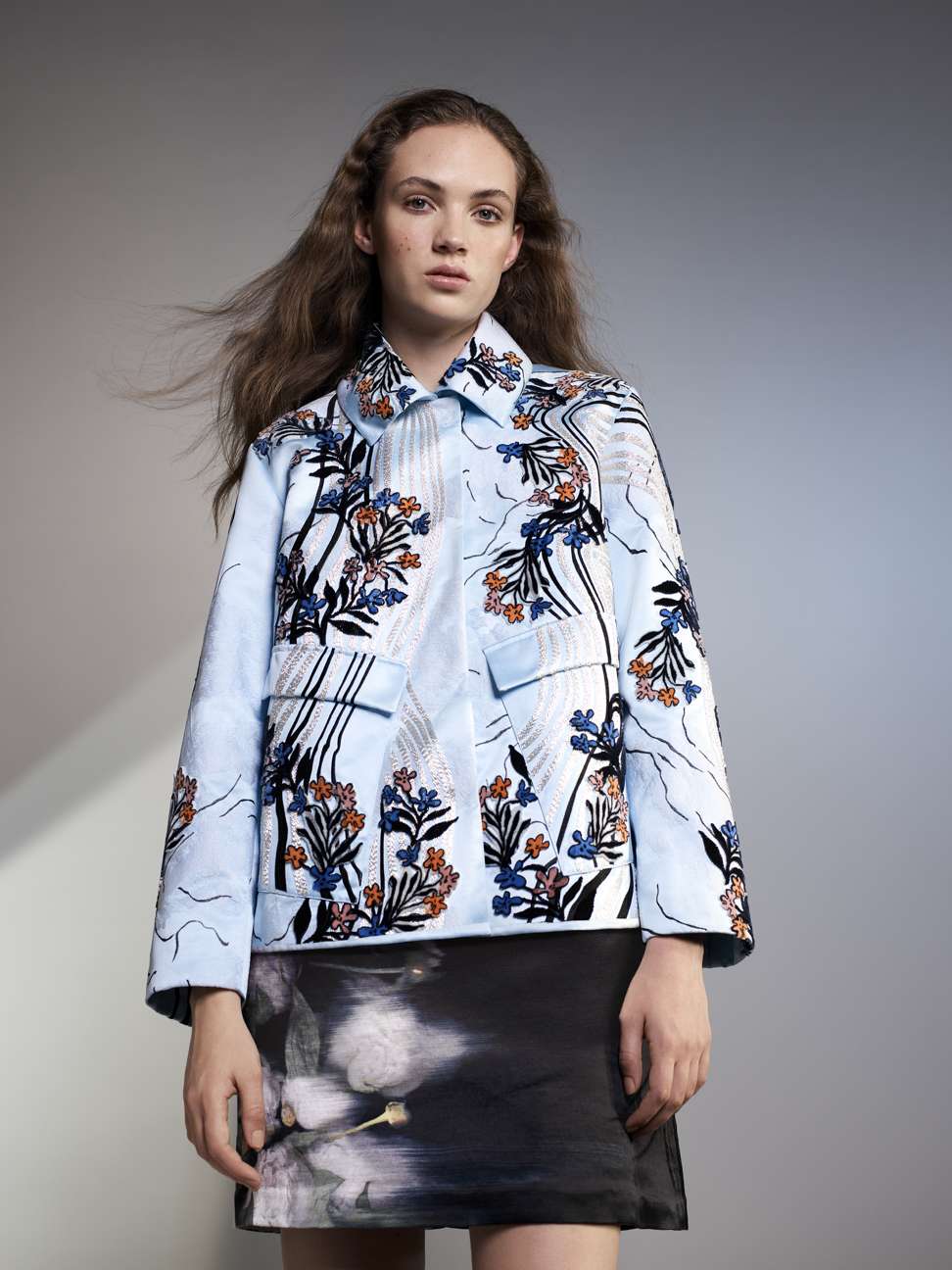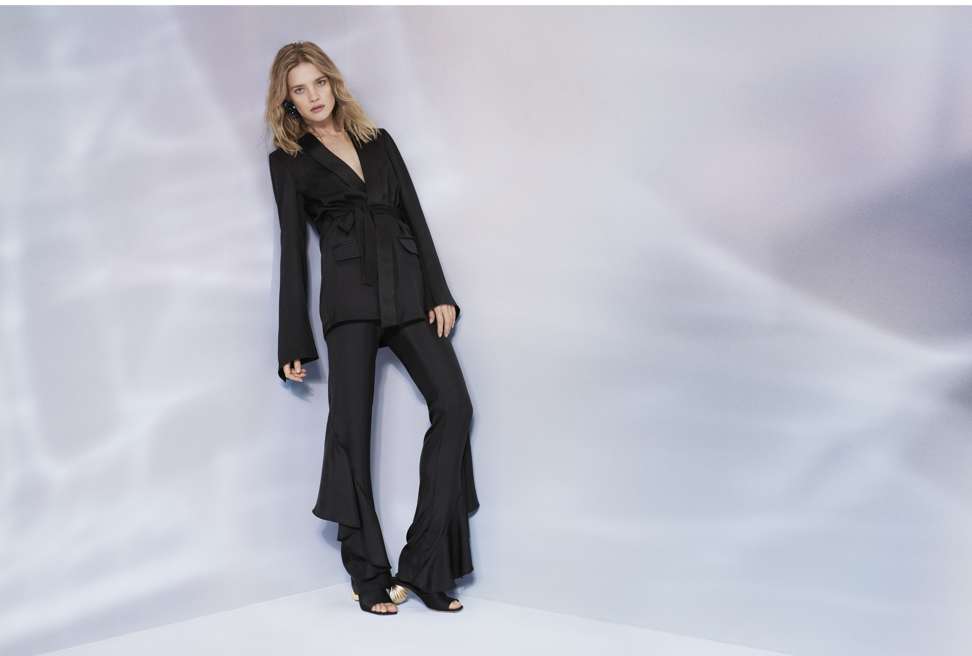
What fashion buyers and retailers can do to help the planet – H&M’s China sustainability chief explains
From yarn spun from shoreline waste to fabric made from recycled bottles, fast-fashion chain H&M is pushing sustainability and we can do our bit by asking stores how clothes are made and wearing them for longer

Hong Kong-based Hanna Hallin has more than a decade’s experience in the field of sustainability in the non-profit sector in Europe. She is now the sustainability manager for H&M Greater China.
Why did you pursue a career in sustainability?
It chose me! As a student of political science, I got involved voluntarily in many non-profits. I was always hosting workshops to talk about transparency in supply chains, food and textile production. After studying, I worked with the Fairtrade Sweden and Clean Clothes Campaign, and did lots of work within civil society. I joined H&M as global social sustainability manager in 2012 and moved to Hong Kong in 2015.
What are the current issues the fashion industry needs to address?
How we affect the planet and people. The industry is dependent on natural resources such as water, oil and land. We know the world is growing, and we need to secure food and water for this population, which poses a dilemma. We are so dependent on these resources that are so scarce today but they will be even scarcer in the future. What’s clear is that we cannot operate the same way we have done for the past 30 years.

At H&M our responsibility covers the whole value chain – it starts with designers’ sketches, the material we choose, the quality, fabric and garment production, transport, how we run the stores using renewable and efficient energy. We are integrating sustainability in how we source – we reward suppliers that perform with longer commitment and larger volumes. This really triggers change.
Brands need to rally their own resources internally but also others with the expertise and knowledge out there that can help push our industry. Working sustainably has to be core to business development and integrated into the business long term. If they don’t have this already in place, it will be a challenge to make a long-term impact.
Why did H&M launch the Conscious Exclusive collection?
As a fashion brand you engage with a customer’s lifestyle and you want to make a sustainable lifestyle attractive and easy for them. This collection shows that there is no compromise between style and sustainability. It’s created by the new development team who are super innovative when it comes to the design process.

Buy what you love and love it for a long time. Know how to care for it so it maintains the quality. If you don’t want it any more, swap it with a friend, or donate to charity
What are the biggest challenges for the fashion industry?
How to scale up and commercialise the technologies to recycle textile fabrics. There’s lots of innovation but the demand isn’t there. We need to be able to invest in scale. Turning textile waste into high quality fabrics will enable us to limit the impact we have on these natural resources.
What are the problems in Asia specifically?
There is plenty of innovation happening in this field and awareness has increased with more questions from customers and media. What needs to happen now is that brands need to look at their retail operations and ensure access to reliable waste management and renewable energy. When you have stores in so many different cities, how can you validate that what you source in terms of waste will actually be recycled? There’s lots of talk but no facilitated solution. We need to be a functioning recycling industry to grow. It’s a big issue here in Hong Kong and China.
How can customers do more?
Ask questions like, what is this fabric made from, and is there a more sustainable option?

Can fast fashion and sustainability ever truly mix?
The key will be if fast fashion can go from linear to circular in the way they operate their business. What we see at H&M is that our size and scale can help us make a bigger change. We can leverage our size to find new fabrics and get suppliers to work more sustainably. Our size is an opportunity rather than an obstacle.
We also have the opportunity to make sustainable fashion affordable and available to more people. By 2020, 100 per cent of the cotton we use will be sustainably sourced. Our long-term goal is that 100 per cent of material we use will be sustainable. We are already the world’s largest buyer today, but it’s still not enough. Everyone has to get involved.